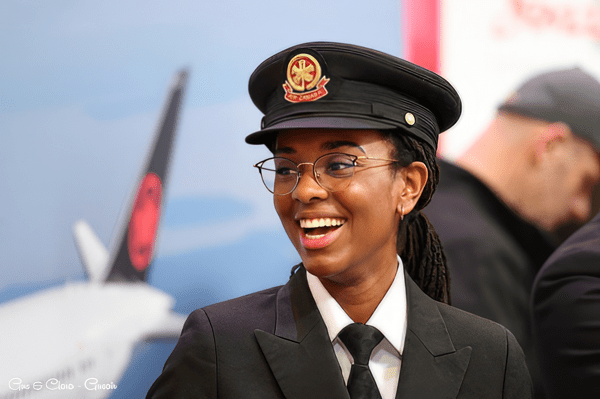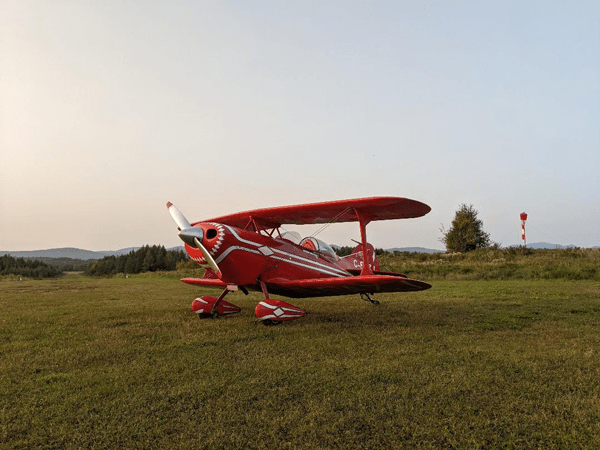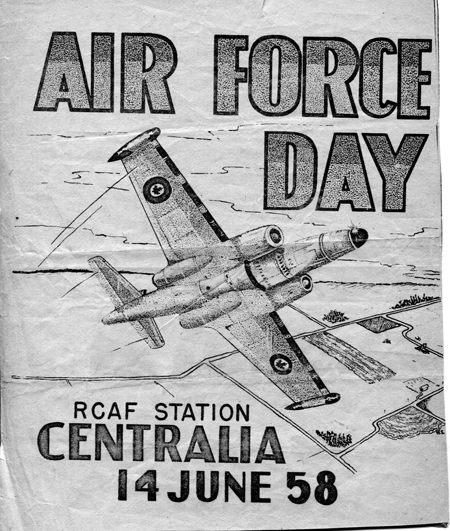
By Michael J. Martin, EAA 1047599, Toronto, Ontario
Diversity and inclusion are common terms used in normal language these days. But the reality is it’s much more challenging to implement this thinking compared to the rhetoric that accompanies these concepts.
Including diverse members of society is critical to the future of aviation. With that said, the glaring and most prolonged problem is the lack of women in aviation.
ICAO’s latest global survey on the status of licensed aviation personnel by gender reveals that the participation of women holding positions as pilots, air traffic controllers, and maintenance technicians has increased on an overall basis from 4.5 percent globally in 2016 to 4.9 percent in 2021.
The percentage of women pilots in service increased from 3.6 percent to 4.0 percent globally, with the highest increases being observed in the Asia Pacific and Latin America/Caribbean regions. North America scored highest globally with 4.6 percent women pilots, followed by Africa and Europe with 4.1 percent and 4.0 percent, respectively.

The percentage of female aircraft maintenance engineers and technicians rose from 2.7 percent to 3.0 percent worldwide, with increases being seen in all regions except the Middle East and Africa. The highest increases in this area were again recorded in the Latin America/Caribbean and Asia Pacific regions, and the Asia Pacific region also had the highest global percentage of licensed female aircraft maintenance engineers and technicians with 4.4 percent.

The number of women air traffic controllers remained stable globally at around 20.6 percent, with increases being observed in the Latin America/Caribbean and Middle East regions. The Latin America/Caribbean region featured the highest percentage of women controllers with 31.8 percent, followed by Europe with 21.4 percent.
So, even though insignificant, yet positive changes are being observed, progress is still painfully slow.

In Canada, 50.9 percent of the total population are women ages ranging from 15 years old and older. In 2021, more than 1 in 4 (25.8 percent) women aged 15 and older were part of the racialized population, more than one-quarter (27.1 percent) were immigrants, and 4.5 percent were Indigenous.
Stats Canada reports that women in Canada are among the most educated in the world, with more than two-thirds (68 percent) of women aged 25 to 64 years having a college or university qualification in 2021, compared with an average of 44 percent among women in countries of the Organisation for Economic Co-operation and Development (OECD).

So, what is the problem here?
Is it prejudice? Is it education? Is it awareness? Is it a glass ceiling? Is it the process of becoming a pilot or an ATC? Why are more women not joining the ranks of the Canadian aviation profession?

A published report from Deloitte, entitled, “Avoiding a Tailspin: The imperative for reform in the Canadian aviation sector,” states that airlines, airports, air navigation service providers, suppliers, and partners in manufacturing, services, tourism, and other industries, as well as the aviation sector as a whole is a key component of the Canadian economy.
Air transport in Canada is forecast to grow by 51 percent in the next 20 years under the “current trends” scenario. This would result in an additional 39.8 million passenger journeys by 2037. If met, this increased demand would support approximately U.S. $73.3 billion GDP and almost 800,650 jobs.

Yet, according to Transport Canada, in a typical pre-pandemic year, roughly 1,100 pilot licenses were issued. When complemented by foreign-trained pilots, that was generally more than enough to satisfy the needs of carriers as large as WestJet and Air Canada, all the way down to regional, charter, and cargo airlines.
But as demand for flying collapsed in 2020, so did the number of new pilots who got their paperwork. Government data shows less than 500 licenses were awarded in 2020, a figure that fell to less than 300 in 2021 and just 238 last year. That is for everyone, of every lifestyle, not just for women.

Getting an airline transport license or even a commercial license is the last step in a rigorous multi-year process of becoming a pilot, a journey that can cost tens of thousands of dollars and takes a serious commitment of time and effort, not just money.
In Canada, for many that journey ends with a dream job at either WestJet or Air Canada, but because of the expense and time commitment of training a new pilot, the major airlines often hire top staff from smaller carriers instead of methodically developing their own.

John Gradek, a lecturer and coordinator with the aviation management program at McGill University, said new pilots have traditionally started their careers with small regional airlines that service northern communities. As they gain experience, they eventually move on to larger airlines — and aircraft — where the pay is better.
But Gradek said the COVID-19 pandemic has led to thousands of pilots retiring early out of frustration with the challenges the air travel industry has faced.
“We’re short today, somewhere around 5,000 pilots, to fill the roles that we need to have filled in Canadian aviation,” he said.

That pilot shortage has meant new flight school graduates can land jobs with larger carriers earlier in their careers, Gradek said.
So, now that we see the elements of this chaotic problem, what can be done about it all?
At its foundations, it will take time. Not only more time to convince women to enter this career path but also time for training and education. The many Canadian academic-driven STEM (Science, Technology, Engineering, and Math) focused programs are indeed attracting more women to the ranks.
Additionally, extraordinary events like Oshawa, Ontario’s “Girls Take Flight,” Waterloo, Ontario’s “Girls can Fly,” Springbrook, Alberta’s “Girls in Aviation Day,” and Abbottsford, British Columbia’s “The Sky’s No Limit – Girls Fly Too” introduce younger generations of girls to the aviation world and explore career paths at a critical decision-making age.

Respected women mentors and inspiration leaders drive attention towards careers in aviation for the next generation too. Renowned women leaders include:
- RCAF CF-18 pilot, motivational speaker, and Order of Canada recipient, Major (retired) Dee (Deanna) Brasseur
- Air Canada Boeing 777 pilot (retired) and Order of Canada recipient, Judy Cameron
- Private pilot, education leader, and founder of Girls Take Flight, Lesley Page
- Canadian astronaut and pilot, Roberta Bondar
- Author, politician, and museum inventor and curator, Shirley Render
There are many more role models for young women to admire from every aspect of aviation. Many women in Canadian history who opened doors and led by example have gone before.
To pull younger woman into aviation, they need to see it as a viable future that allows industry growth and learning. It needs to be seen as a welcoming opportunity that provides a challenging career path forward with equity and fair pay for equal opportunities.
The need for women to enter the Canadian aviation ranks has never been greater. In some cases, a cultural change is still needed for women to feel that they are accepted.
Active change across an industry as large as aviation can only be achieved by airlines globally working together to reach a mutual goal. The 25by2025 initiative, led by the International Air Transport Association (IATA), was created with the goal of raising awareness surrounding the need to improve representation of women in the aviation industry. This initiative has allowed global airlines and industry partners to commit to paving the way for a truly diverse and inclusive industry that recognizes talented women.
Recruiting more women in aviation is not an easy task. With such a male-dominated industry, it can be an arduous process for airlines to reach out and appeal to future women employees without first bridging the gaps and educating young women about what career prospects they hold.
Unfortunately, there is no quick fix. Recruiting more women in aviation requires not only changes to the industry but education to young women and girls, in addition to funding opportunities, workplace support, and representation in the media. However, with pledges already in place and airlines working toward a mutual global initiative of an improved gender balance within the aviation industry, the future is looking bright for women in aviation.
Post Comments
Discover more from reviewer4you.com
Subscribe to get the latest posts to your email.





